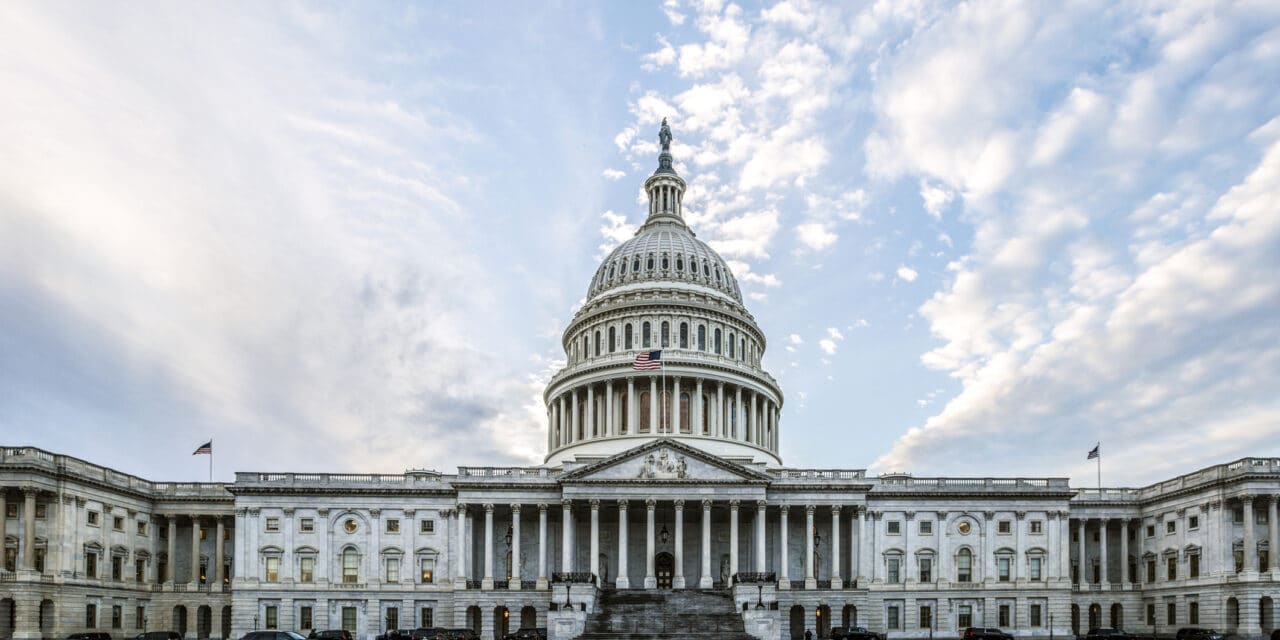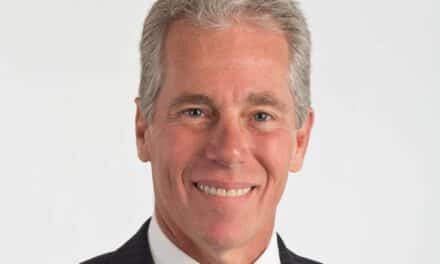Summary: More than 100 members of the American Association of Orthodontists gathered in Washington, DC, the week of March 10, to advocate for policies that safeguard patients and improve access to orthodontic care.
Key Takeaways:
- AAO members convened in Washington, D.C. to advocate for policies that protect patients and expand access to orthodontic care.
- The AAO is urging lawmakers to support legislation to protect patients and improve healthcare savings options, especially through FSAs and HSAs.
- The AAO is also pushing for relief from the student debt burden that orthodontic residents face, advocating for policies that would ease their financial challenges.
Over 100 members of the American Association of Orthodontists (AAO) from across the United States gathered in Washington, D.C., this week to engage with federal lawmakers and promote policies designed to protect patients and improve access to orthodontic care. The AAO, representing 19,000 orthodontists in the United States, Canada, and abroad, held its 2025 Professional Advocacy Conference to discuss critical issues such as patient health and safety, flexible healthcare spending, and student debt relief.
“AAO orthodontists are on the front lines of ensuring patients receive high-quality, safe, and effective orthodontic care,” said Trey Lawrence, CEO of the AAO. “Our members are here in Washington to champion policies that protect patients and remove financial barriers to care, ensuring more families have access to the treatment they need.”
The Connection Between Oral and Overall Health
Orthodontic treatment not only helps with the proper alignment of the jaw and teeth, but also plays a significant role in maintaining overall health. Misaligned teeth can be difficult to clean and maintain, potentially leading to more complex dental procedures. Poor oral health has been linked to a variety of serious health conditions. A report from the World Health Organization highlights that poor oral health in children can contribute to malnutrition, speech difficulties, and developmental issues, while in older adults, it has been associated with frailty, nutritional deficiencies, and complications from existing conditions.
Furthermore, research has shown that oral health is connected to chronic diseases such as diabetes, cardiovascular disease, Alzheimer’s, pneumonia, and certain types of cancer.
“Expanding access to high-quality orthodontic care is not just about straightening teeth — it’s about preventing long-term health complications and reducing healthcare costs,” said Dr John Callahan, president of the AAO. “By improving oral health, we can help lower the risk of chronic diseases and lessen the financial burden on families and the healthcare system.”
AAO’s Advocacy Goals
As part of its advocacy efforts, the AAO is calling on lawmakers to support measures that enhance patient protections, improve healthcare savings options, and address the rising student debt burden for dental specialists
Protecting Patient Health and Safety
A central concern for the AAO is ensuring that patients receive safe, effective care. The association is particularly focused on protecting patients from the risks associated with mail-order orthodontic treatments, which lack professional oversight and can result in significant oral health problems.
Strengthening Flexible Healthcare Spending Options
The AAO supports legislation that increases flexibility in healthcare spending, particularly through Flexible Spending Accounts (FSAs) and Health Savings Accounts (HSAs). The AAO is urging lawmakers to
- Eliminate the FSA “use-it-or-lose-it” rule to allow families to save for future healthcare expenses.
- Raise the FSA contribution limits to give patients more flexibility in planning for medical costs.
- Support the Flexible Savings Arrangements for a Healthy Robust America (FSA-HRA) Act, which would allow Americans to roll over unused FSA and HRA funds into HSAs.
- Support the bipartisan RAISE Health Benefits Act, which would create better opportunities for families to save for healthcare.
READ MORE: OrthoBerry Named 2025 AAO Ortho Innovator
Addressing Student Debt for Orthodontists
Orthodontic residents graduate with an average of $567,000 in student loan debt, making it difficult for them to serve underserved populations and expand care access. Unlike medical residents, most orthodontic and dental specialists must pay tuition during their residency without receiving a stipend or salary. The AAO advocates for legislation that would ease this financial burden, including:
- The Resident Education Deferred Interest (REDI) Act, which would allow medical and dental residents to defer loan payments and delay interest accrual until after residency.
- The Student Loan Refinancing and Recalculation Act, which would allow borrowers to refinance federal student loans at lower interest rates, eliminate origination fees, and offer deferment options for residents.
“Today’s orthodontic residents are entering the profession with unprecedented levels of student debt, making it harder to serve the communities that need them most,” Callahan added. “We’re urging lawmakers to take action on reforms that will ease this financial burden, because when we invest in the next generation of healthcare providers, we’re investing in better access to care for patients nationwide.”
Photo: ID 344421980 © Wallis Yu | Dreamstime.com









